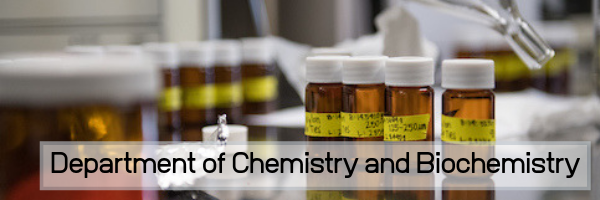
Faculty and Student Publications
Document Type
Article
Publication Date
2-1-2021
Abstract
Severe acute respiratory syndrome-related coronavirus 2 (SARS-CoV-2) has caused a pandemic of historic proportions and continues to spread globally, with enormous consequences to human health. Currently there is no vaccine, effective therapeutic, or prophylactic. As with other betacoronaviruses, attachment and entry of SARS-CoV-2 are mediated by the spike glycoprotein (SGP). In addition to its well-documented interaction with its receptor, human angiotensin-converting enzyme 2 (hACE2), SGP has been found to bind to glycosaminoglycans like heparan sulfate, which is found on the surface of virtually all mammalian cells. Here, we pseudotyped SARS-CoV-2 SGP on a third-generation lentiviral (pLV) vector and tested the impact of various sulfated polysaccharides on transduction efficiency in mammalian cells. The pLV vector pseudotyped SGP efficiently and produced high titers on HEK293T cells. Various sulfated polysaccharides potently neutralized pLV-S pseudotyped virus with clear structure-based differences in antiviral activity and affinity to SGP. Concentration-response curves showed that pLV-S particles were efficiently neutralized by a range of concentrations of unfractionated heparin (UFH), enoxaparin, 6-O-desulfated UFH, and 6-O-desulfated enoxaparin with 50% inhibitory concentrations (IC50s) of 5.99mg/liter, 1.08mg/liter, 1.77mg/liter, and 5.86mg/liter, respectively. In summary, several sulfated polysaccharides show potent anti-SARS-CoV-2 activity and can be developed for prophylactic as well as therapeutic purposes. IMPORTANCE The emergence of severe acute respiratory syndrome coronavirus (SARS-CoV-2) in Wuhan, China, in late 2019 and its subsequent spread to the rest of the world has created a pandemic situation unprecedented in modern history. While ACE2 has been identified as the viral receptor, cellular polysaccharides have also been implicated in virus entry. The SARS-CoV-2 spike glycoprotein (SGP) binds to glycosaminoglycans like heparan sulfate, which is found on the surface of virtually all mammalian cells. Here, we report structure-based differences in antiviral activity and affinity to SGP for several sulfated polysaccharides, including both well-characterized FDA-approved drugs and novel marine sulfated polysaccharides, which can be developed for prophylactic as well as therapeutic purposes.
Relational Format
journal article
Recommended Citation
Tandon, R., Sharp, J. S., Zhang, F., Pomin, V. H., Ashpole, N. M., Mitra, D., McCandless, M. G., Jin, W., Liu, H., Sharma, P., & Linhardt, R. J. (2021). Effective inhibition of sars-cov-2 entry by heparin and enoxaparin derivatives. Journal of Virology, 95(3), e01987-20. https://doi.org/10.1128/JVI.01987-20
DOI
10.1128/JVI.01987-20
Accessibility Status
Searchable text

